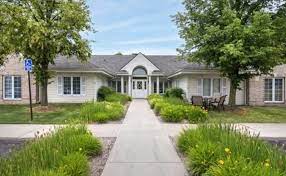Residential living plays a crucial role in shaping the way individuals experience and interact with their surroundings. Whether it’s an apartment complex, a suburban neighborhood, or a gated community, nursing home Farmington Hills mi spaces are more than just brick and mortar; they are the backdrop to our daily lives, influencing our well-being and fostering a sense of community. In this article, we’ll explore the key aspects that make residential living an integral part of our society.
Comfort and Convenience
One of the primary purposes of residential spaces is to provide a comfortable and convenient environment for individuals and families. A well-designed home is a sanctuary, offering a place to unwind, rest, and rejuvenate. Modern residential architecture often integrates ergonomic designs, energy-efficient features, and smart technologies to enhance the overall quality of life for residents.
Residential spaces also aim to provide convenience through proximity to essential services and amenities. Access to grocery stores, healthcare facilities, schools, and recreational areas contributes to a more convenient lifestyle, reducing the need for extensive travel and saving valuable time.
Sense of Community
Beyond the physical structures, residential living is about creating a sense of community. Neighborhoods thrive when residents actively engage with one another, fostering social connections and a shared sense of belonging. Community events, neighborhood watch programs, and communal spaces contribute to the development of a strong social fabric within residential areas.


